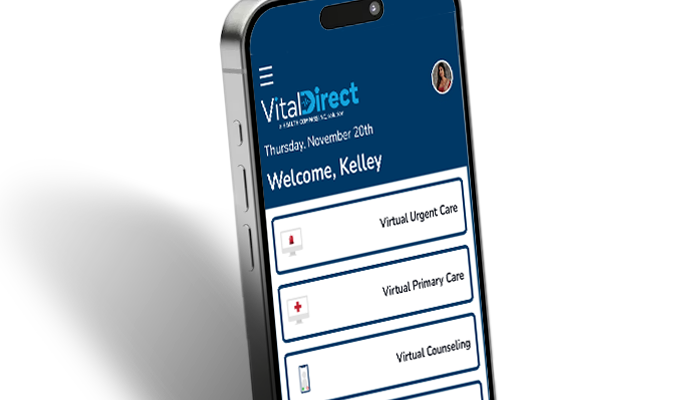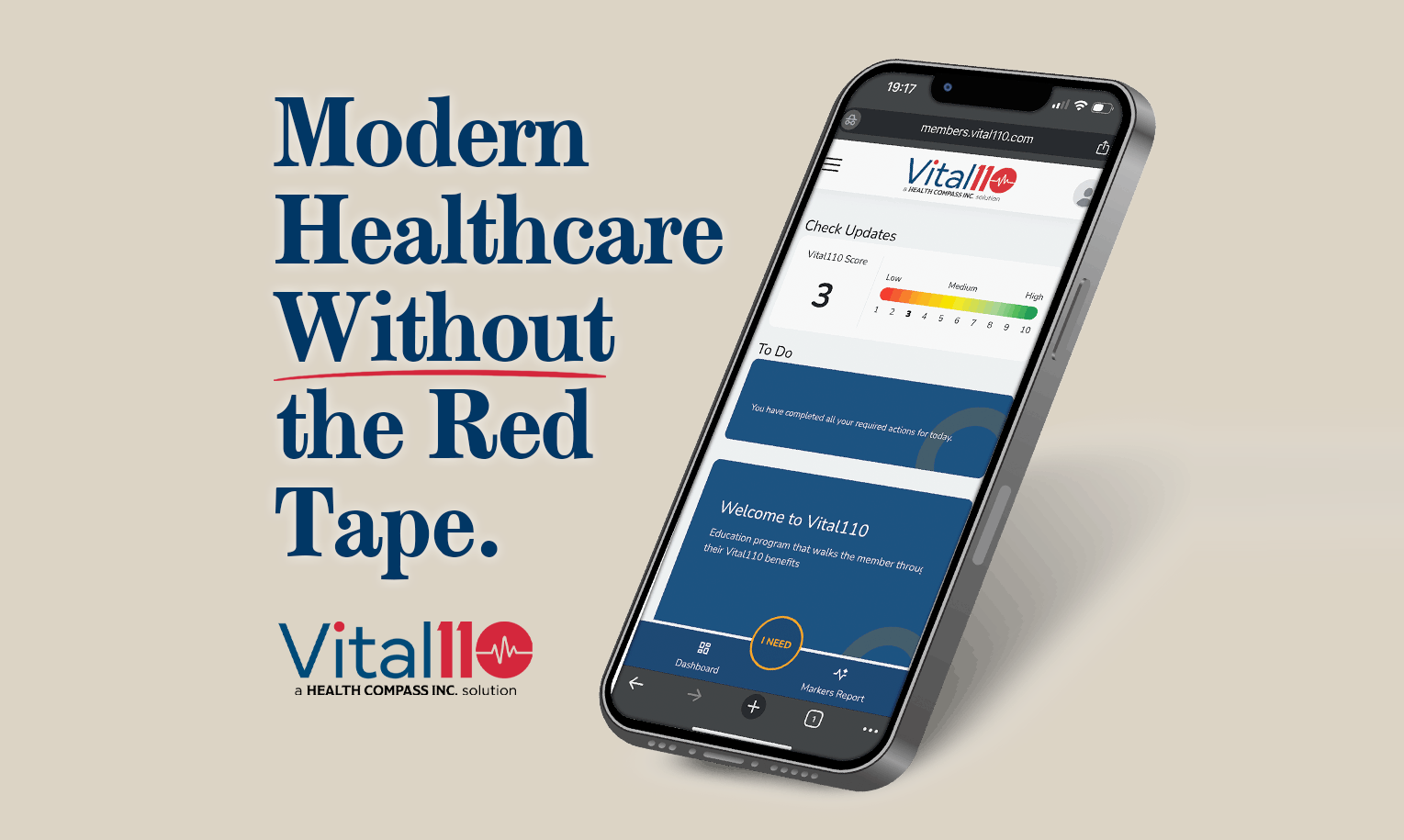Blog
Tips for Implementing New Employee Benefits: Making the Process Smoother and More Effective

Implementing new employee benefits can be a complex and challenging process, but it's also a critical investment in your workforce's wellbeing and productivity. Effective benefits programs can boost employee morale, improve retention rates, and enhance overall organizational performance. At Health Compass Inc., we understand the intricacies involved in rolling out new benefits and have compiled some top tips to help make the process smoother and more effective.
Assess Employee Needs
The first step in implementing new benefits is to understand what your employees truly value. Conducting surveys, focus groups, or one-on-one interviews can provide valuable insights into their needs and preferences. This approach ensures that the benefits you introduce will be well-received and utilized.
Conducting Surveys
Surveys are a quick and efficient way to gather input from a large number of employees. Use online survey tools to create questionnaires that cover a range of benefit options. Ensure the questions are clear and concise, and offer both multiple-choice and open-ended questions to capture detailed feedback.
Focus Groups and Interviews
For more in-depth insights, consider organizing focus groups or conducting individual interviews. These methods allow for a more nuanced understanding of employee needs and can highlight specific areas where benefits are most needed. Engaging employees in this process also makes them feel valued and heard.
Communicate Clearly
Clear and effective communication is essential when introducing new benefits. Employees need to understand what benefits are available, how they can access them, and how these benefits will improve their work and personal lives.
Detailed Announcements
Start with a comprehensive announcement that outlines the new benefits, their purpose, and the rollout plan. Use multiple communication channels such as email, intranet posts, and physical posters in common areas to ensure everyone receives the information.
Information Sessions
Organize information sessions where employees can learn more about the benefits and ask questions. These sessions can be conducted in person or virtually, depending on your workforce's preferences and logistical considerations.
Ongoing Communication
Keep the lines of communication open even after the initial announcement. Regular updates, reminders, and feedback opportunities can help maintain awareness and engagement with the new benefits.
Provide Training
Training is a crucial component of a successful benefits rollout. Employees need to know how to navigate their new benefits, from understanding eligibility to accessing services.
Comprehensive Guides
Create detailed guides and FAQs that cover all aspects of the new benefits. These resources should be easily accessible, whether through the company intranet, email, or printed booklets.
Interactive Workshops
Interactive workshops can provide hands-on training and allow employees to ask specific questions. These workshops can be conducted by HR personnel or representatives from the benefits providers.
Online Tutorials
For ongoing support, consider developing online tutorials or webinars that employees can refer to at their convenience. These resources are particularly useful for new hires who join the company after the initial rollout.
Monitor and Adjust
Introducing new benefits is not a one-time event but an ongoing process. It's essential to regularly monitor the effectiveness of the benefits and make adjustments as needed to ensure they continue to meet employee needs.
Feedback Mechanisms
Set up mechanisms for collecting employee feedback on the new benefits. This can include follow-up surveys, suggestion boxes, or regular check-ins during team meetings. Pay attention to both positive and negative feedback to identify areas for improvement.
Utilization Rates
Track the utilization rates of the new benefits to gauge their effectiveness. Low utilization may indicate a need for better communication or adjustments to the benefits themselves.
Regular Reviews
Conduct regular reviews of the benefits program to assess its impact and identify opportunities for enhancement. Involve a cross-functional team, including HR, management, and employee representatives, to ensure a comprehensive evaluation.
Engage with a Benefits Provider
Partnering with a reputable benefits provider like Health Compass Inc. can significantly ease the process of implementing new benefits. Providers bring expertise, resources, and support that can help customize the benefits program to your specific needs and ensure a smooth rollout.
Customized Solutions
Work with your benefits provider to develop customized solutions that align with your organization's goals and employee preferences. This customized approach ensures that the benefits program is relevant and valuable to your workforce.
Ongoing Support
A good benefits provider offers ongoing support to help manage the program, answer employee questions, and address any issues that arise. This support can be invaluable in maintaining the program's success over the long term.
In Summary
Implementing new employee benefits can be a challenging but rewarding process. By assessing employee needs, communicating clearly, providing training, and continuously monitoring and adjusting the program, you can ensure a successful rollout that enhances employee satisfaction and organizational performance. Partnering with a benefits provider like Health Compass Inc. can provide the expertise and support needed to make the process smoother and more effective. Remember, the key to a successful benefits program is not just in the implementation but in the ongoing commitment to meeting the evolving needs of your employees.
Are you ready to enhance your workplace benefits? Contact Health Compass Inc. today to learn more about our services and how we can support your organization's health and wellness goals. Reach out today and take the first step towards a healthier, more engaged workforce.
‹ Back









